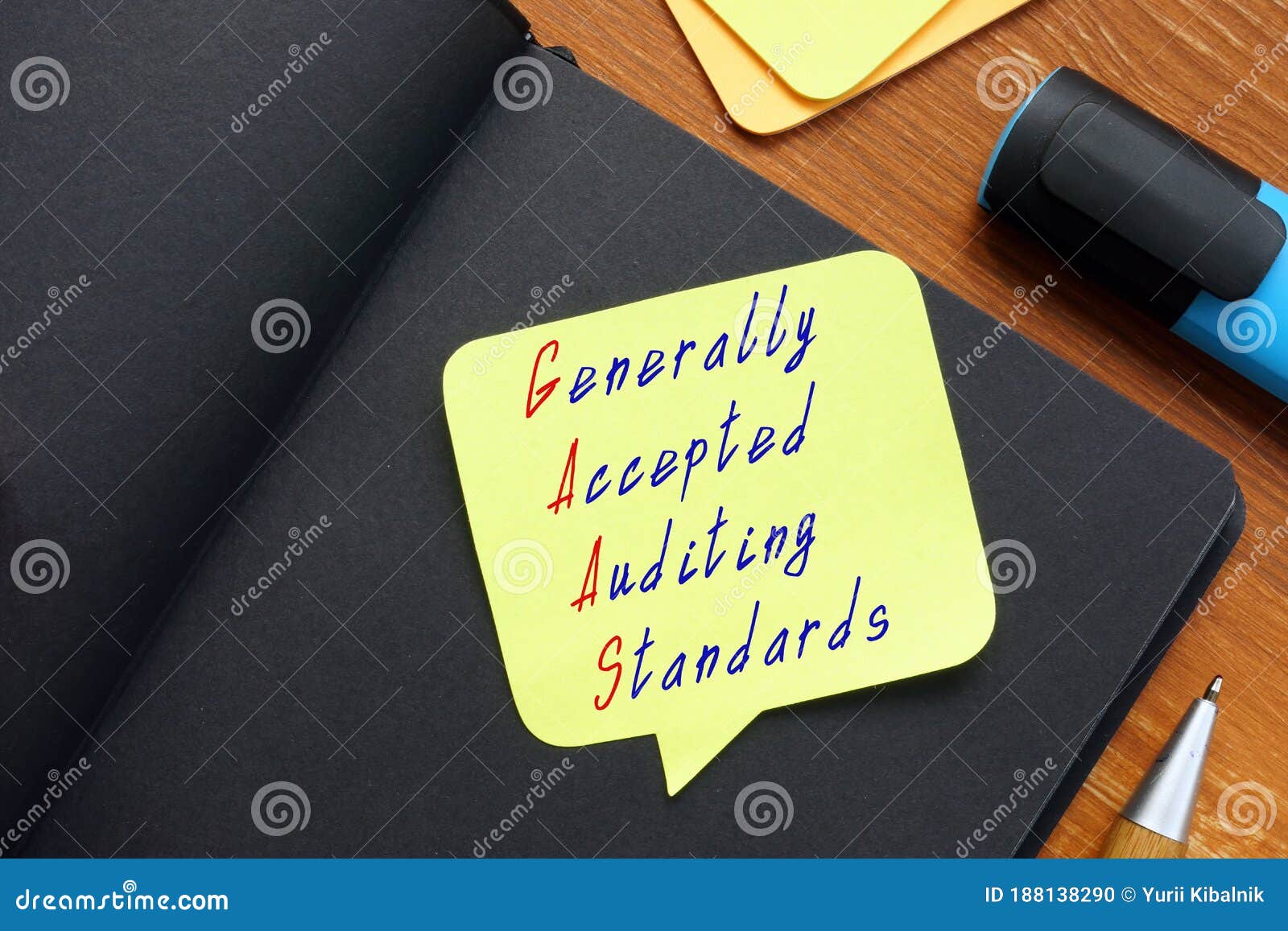
Thus, the value of an entity that is assumed to be a going concern is higher than its breakup value, since a going concern can potentially continue to earn profits. If the accountant believes that an entity may no longer be a going concern, then this brings up the issue of whether its assets are impaired, which may call for the write-down of their carrying amount to their liquidation value. If such were not the case, an entity would essentially be acquiring assets with the intention of closing its operations and reselling the assets to another party. An example of such contrary information is an entity’s inability to meet its obligations as they come due without substantial asset sales or debt restructurings. By making this assumption, the accountant is justified in deferring the recognition of certain expenses until a later period, when the entity will presumably still be in business and using its assets in the most effective manner possible.Īn entity is assumed to be a going concern in the absence of significant information to the contrary. Conversely, this means the entity will not be forced to halt operations and liquidate its assets in the near term at what may be very low fire-sale prices. Reach us online or by phone at going concern principle is the assumption that an entity will remain in business for the foreseeable future. Whether your organization is a non-profit or privately held company looking for a bank loan, a publicly owned company needing assistance with creating required financial documents, or a local, state, or federal government agency needing auditing and assurance services, contact The Baird Audit Group today for immediate assistance. However, it’s also important to have a basic knowledge of Governmental Auditing as these are the rules that govern our public institutions. Auditing Servicesīecause private and public businesses drastically outnumber the amount of government industries, the GAAS guidelines are better known and more commonly used. Under GAAS standards, a lack of internal controls within a company will prompt additional audit testing to ensure compliance, while a lack of internal controls by GAGAS standards is unacceptable. Lastly, and most importantly, GAGAS standards implicitly “bake in” the idea of internal controls. GAAS auditing measures are governed by the Financial Accounting Standards Board (FASB), while the Governmental Accounting Standards Board defines standards for state and local government organizations, and the Federal Accounting Standards Advisory Board regulates the financial reporting standards for federal government agencies. Although both audit standards are similar in nature, another critical difference is the official bodies that govern them. The primary and most obvious difference between the two accounting standards is the type of organization that the audit is targeting GAAS applies to private and public businesses, while GAGAS is used for government agencies and entities. These guidelines also help investors to make sense of financial reports and to quickly and easily extract useful information from these reports. GAAS gives investors and other stakeholders the assurance that a company’s financial statements are consistent across the board. Generally Accepted Accounting Standards (GAAS) are also specific guidelines governing the preparation of financial statements.

Generally Accepted Auditing Standards (GAAS) CPA firms use Yellow Book standards when they are performing financial audits that include an A-133 “single audit.” A CPA or audit firm will also use the GAGAS when conducting performance audits used to evaluate the performance of a program or project. General Accepted Governmental Auditing Standards (GAGAS) are usually called the Yellow Book and are a set of auditing standards that are set forth by the Government Accountability Office (GAO). Here’s a basic outline of both auditing standards and how they compare. Others, however, wonder why two different sets of accounting standards exist and how they differ. The odds are, if you’re not an accountant or CPA, you haven’t given it too much thought.

Audits can be a confusing business, and one common misunderstanding stems from the differences between GAAS and governmental auditing standards.


 0 kommentar(er)
0 kommentar(er)
